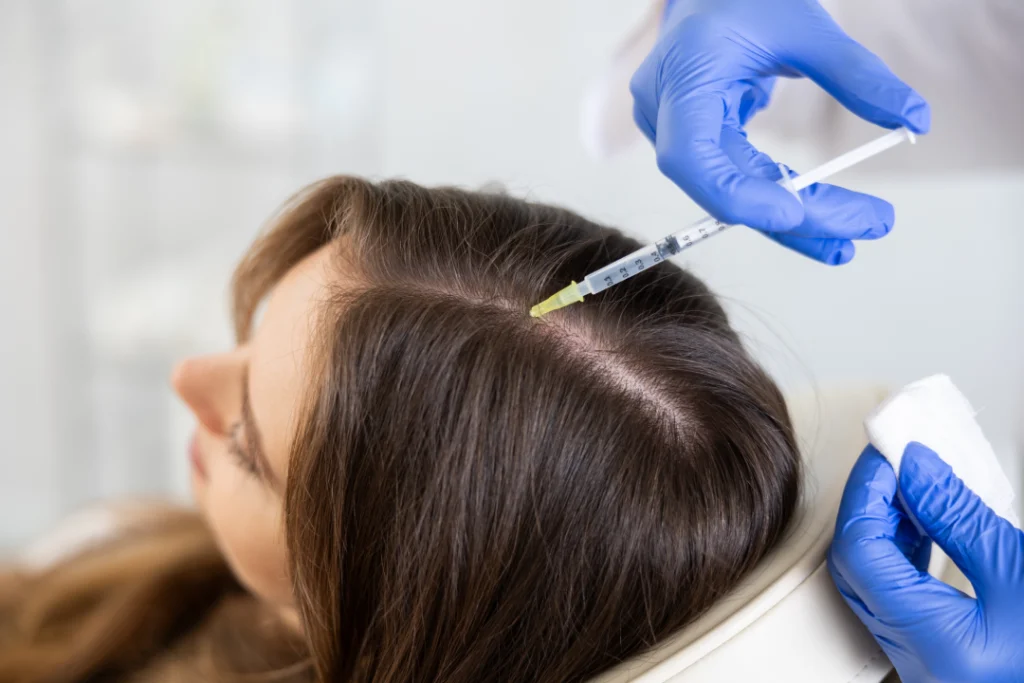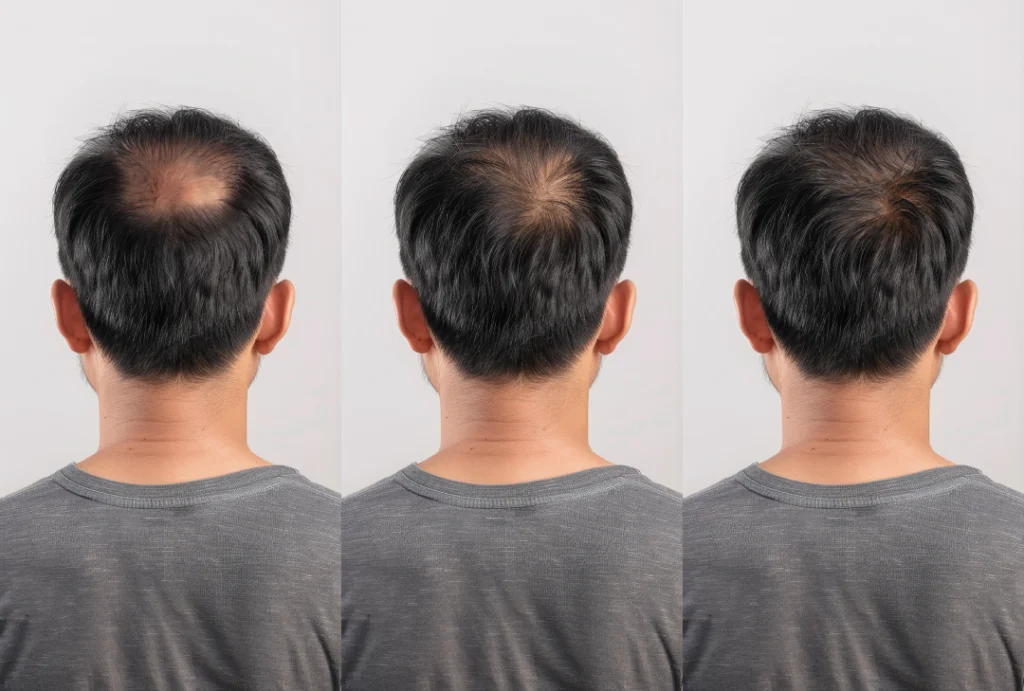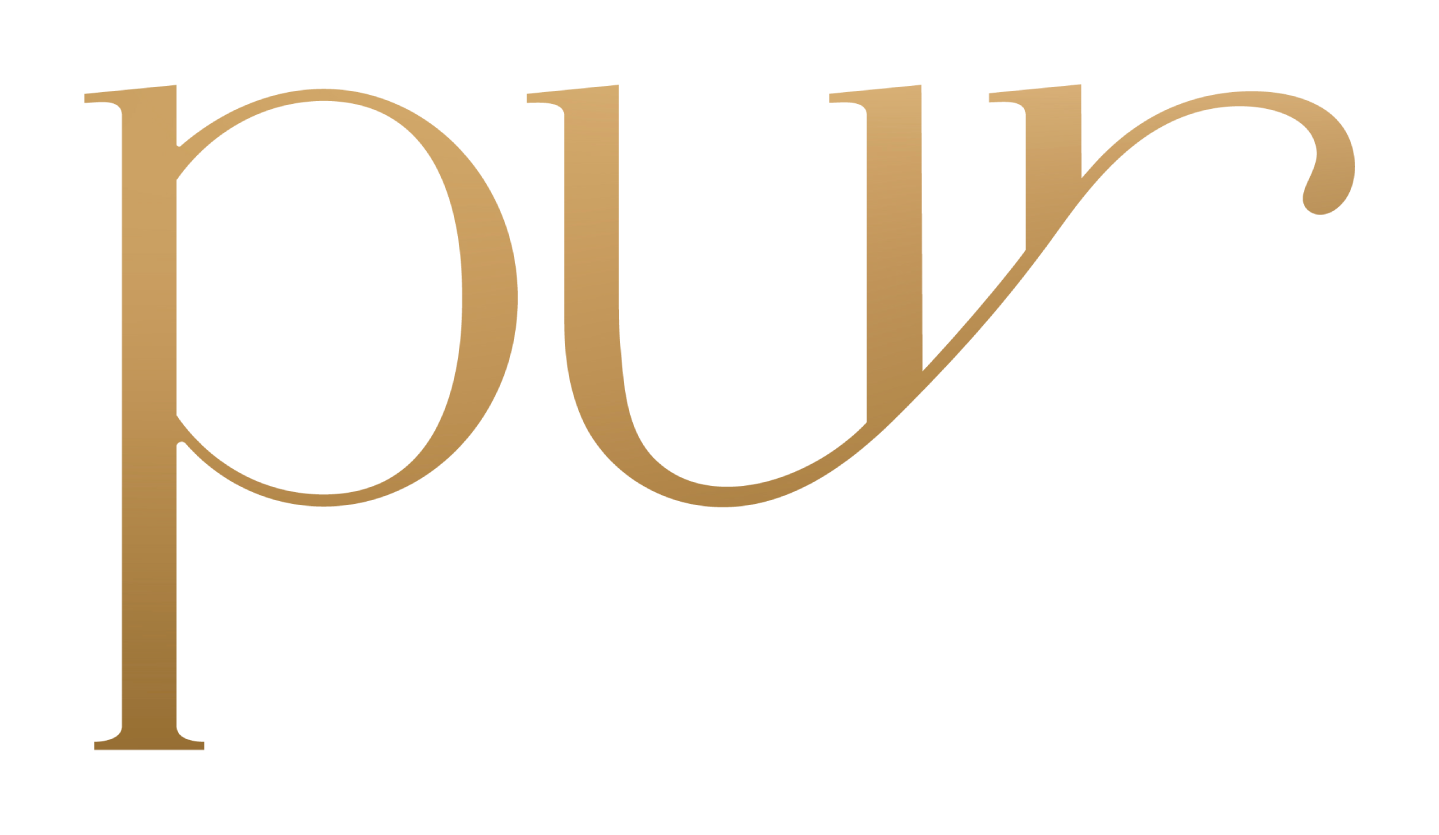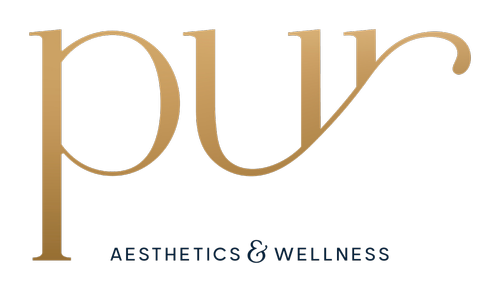Shedding a few strands here and there is normal, but when your brush starts filling up faster than usual, it’s hard not to worry. Hair loss can be triggered by a variety of factors, and while genetics often take the blame, external influences like stress and seasonal changes can play a major role.
The good news? Advancements in non-surgical hair restoration, like platelet-rich plasma (PRP) therapy, are changing the game. PRP uses the body’s natural healing power to stimulate hair follicles, encourage regrowth, and improve scalp health—without the need for invasive procedures.
If you’ve noticed increased shedding during times of high stress or when the seasons shift, you’re not alone. Many people experience seasonal hair thinning or stress-related shedding, but that doesn’t mean you have to accept it as your new reality.
Keep reading to discover how PRP hair restoration can help revitalize your scalp and promote stronger, healthier hair.
How Stress and Seasonal Changes Can Trigger Hair Loss
Hair loss isn’t always due to aging or genetics—sometimes, external triggers like stress and seasonal fluctuations can send your strands into panic mode. Here’s why:
1. Stress-Induced Hair Shedding (Telogen Effluvium)
If you’ve ever gone through a particularly stressful period and noticed more hair coming out in the shower, you’ve likely experienced telogen effluvium. This occurs when stress pushes hair follicles into a resting phase, causing them to shed prematurely. The kicker? This type of hair loss often appears months after the initial stressor, making it difficult to pinpoint the exact cause.
2. The Role of Seasonal Changes in Hair Loss
Just like animals shed fur in preparation for different seasons, humans experience seasonal hair shedding—though it’s less dramatic. The most common times for increased hair loss? Late summer and fall. Researchers believe this occurs because the body holds onto more hair in the sunnier months for UV protection, only to shed it as the weather cools.
3. Hormonal and Environmental Shifts
Changes in humidity, temperature, and daylight exposure can impact hormone levels and scalp health. Drier air in winter can lead to increased hair breakage, while summer sun exposure can weaken hair strands over time. If your scalp is inflamed or dry, it can affect hair follicle function, leading to more shedding than usual.
The good news? PRP hair restoration helps counteract these effects by stimulating hair follicles and improving scalp circulation, allowing for stronger regrowth.
What is PRP Hair Restoration?
PRP hair restoration is a cutting-edge, non-surgical treatment that uses platelet-rich plasma from your own blood to promote hair growth. The process is simple:
- A small amount of blood is drawn from your arm.
- The blood is processed in a centrifuge, separating the platelet-rich plasma from other components.
- The concentrated PRP is injected into the scalp, targeting areas of thinning or weakened follicles.
This treatment delivers growth factors directly to the hair follicles, stimulating them to produce thicker, healthier strands over time. PRP is particularly effective for people experiencing stress-related hair loss, seasonal shedding, or thinning due to hormonal fluctuations.

How PRP Hair Restoration Can Help You Regrow Your Hair
PRP (Platelet-Rich Plasma) hair restoration is not just another trend—it’s a scientifically backed, non-surgical solution that harnesses the body’s natural healing power to stimulate hair growth. Unlike over-the-counter treatments or invasive procedures, PRP therapy delivers targeted results by rejuvenating dormant hair follicles, improving scalp health, and enhancing overall hair thickness.
Here’s how it works:
1. Stimulates Dormant Hair Follicles
Hair loss isn’t always about losing follicles—sometimes, they go into a prolonged resting phase (telogen phase) where they stop producing hair. PRP injections wake these follicles up, encouraging them to shift back into the active growth phase (anagen phase).
This means that instead of shedding or staying in a dormant state, your follicles start producing new, stronger strands over time.
2. Increases Blood Circulation to the Scalp
Healthy hair requires adequate blood flow to the scalp, delivering oxygen and essential nutrients directly to the follicles. If circulation is poor, hair may become weak and brittle or fall out prematurely.
PRP injections enhance vascularization, increasing blood supply and ensuring that hair follicles get the nourishment they need to thrive.
3. Strengthens Hair at the Root
One of the biggest issues with thinning hair is that it often becomes fragile and prone to breakage. PRP therapy not only stimulates new growth but also strengthens existing hair, making strands more resilient and less likely to fall out. Over time, hair becomes thicker, fuller, and healthier.
4. Encourages Natural Hair Growth Without Surgery
Many hair restoration treatments rely on synthetic chemicals, medications, or surgical procedures, but PRP therapy is completely natural. Since the plasma is derived from your blood, there’s no risk of allergic reactions or foreign substances causing unwanted side effects.
This makes PRP an ideal option for individuals looking for a safe, effective, and holistic approach to hair regrowth.
5. Reduces Inflammation and Supports Scalp Health
A healthy scalp is key to maintaining strong, vibrant hair. Many people dealing with hair loss also experience scalp irritation, inflammation, or buildup that can interfere with hair follicle function.
PRP has natural anti-inflammatory properties, which help soothe the scalp, reduce irritation, and create an optimal environment for hair to regrow.
6. Boosts Collagen and Elastin Production
PRP is widely known for its role in skin and scalp rejuvenation treatments, thanks to its ability to boost collagen and elastin production. These proteins are not only crucial for youthful skin but also for a strong and healthy scalp.
By increasing collagen levels in the scalp, PRP therapy helps maintain scalp elasticity, hydration, and overall follicular health, making it easier for new hair to grow.
7. Works Well with Other Hair Growth Treatments
While PRP is highly effective on its own, it can also enhance the results of other hair restoration treatments. Many patients pair PRP therapy with DE|RIVE Hair & Scalp Care, a scientifically advanced solution designed to support healthier, fuller hair.
Infused with plant-based growth factors and cutting-edge technology, DE|RIVE nourishes the scalp, removes buildup, and optimizes follicle function. It’s available as an in-office treatment using a precise 3ml glass syringe and as a 30-day at-home serum for continuous support. When combined with PRP, DE|RIVE helps accelerate regrowth, strengthen existing strands, and promote long-term hair vitality.
8. It Delivers Gradual, Natural-Looking Results
Unlike hair transplants, which can produce sudden, dramatic changes, PRP gradually improves hair thickness and density over time. Most patients see initial results within three to six months, with continued improvements over the course of a year.
Since the process stimulates your own natural growth cycle, the results look effortlessly natural and blend seamlessly with existing hair.
9. Minimally Invasive with No Downtime
One of the biggest advantages of PRP therapy is that it’s a quick, in-office treatment with zero downtime. The entire procedure takes about 30 to 45 minutes, and you can return to your normal activities immediately.
Unlike hair transplant surgery, which requires weeks of recovery, PRP allows you to get back to your routine the same day.
10. Helps Prevent Future Hair Loss
PRP therapy isn’t just about regrowing lost hair—it also helps prevent future thinning by strengthening hair follicles and maintaining optimal scalp health. When done regularly as part of a maintenance plan, PRP injections support long-term hair retention, keeping your locks full and healthy for years to come.
When Can You Expect to See Results?
Hair restoration with PRP doesn’t happen overnight—it works with your natural hair growth cycle to deliver gradual, lasting improvements. Here’s a general timeline:
- First Few Weeks: Scalp feels healthier, and shedding begins to slow down.
- Months 2 to 3: Early signs of new hair growth appear, and hair texture starts to improve.
- Months 4 to 6: Noticeable increase in hair thickness and density.
- Beyond 6 Months: Continued hair regrowth, with full results typically visible after one year.
Most patients require a series of 3 to 4 treatments, spaced 4 to 6 weeks apart, followed by maintenance sessions every 6 to 12 months for sustained results.

Why PRP is the Future of Hair Restoration
For anyone experiencing hair loss due to stress, seasonal changes, or thinning over time, PRP hair restoration is a powerful, natural solution. Unlike harsh medications or invasive procedures, PRP works with your body’s healing abilities, stimulating growth without disrupting your natural hair cycle.
It’s an investment in stronger, thicker, and healthier hair—without the need for surgery. If you’re looking to combat hair thinning and restore confidence, now is the perfect time to explore the benefits of PRP hair restoration at Pur Aesthetics and Wellness in Granger, IN.
Your journey to fuller, healthier hair starts today, so call us now to schedule your consultation!

